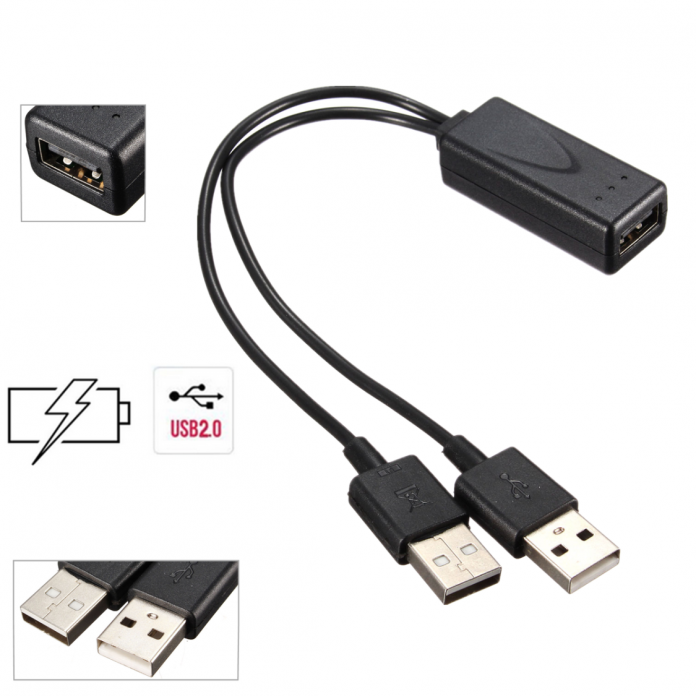Adapters are physical devices that make it possible for one to adapt one electronic or hardware interface to another. The adapter is usually inserted into a slot on the computer’s motherboard either via a PCI or PCI-E (Peripheral Component Interconnect-Express). Such adapters that facilitate the exchange of information between the microprocessor and other external devices are available on Koincable.com. Blows are introduction for functions of adapter.
The purpose of an adapter

In general, there are different types of adapters. The term ‘adapter’ really represents a printed circuit that enables computers to connect to new hardware and be able to use it.
Adapters manage the communication
between the data interface and source. They do so by passing data management
requests from the source and sending back an answer in the form of a message to
the requestor.
Different types of adapters
The two main types of adapters are the relational and the non-relational data sources. Both their architectures differ and these differences in their structure are used to differentiate between the two types of adapters.
The relational adapters are made in such a way that they can handle data that is found in tables in the form of rows and columns. On the other hand, the non-relational adapters an accommodate data as well as its distinct data source. For example, a non-relational adapter can hold data from a hierarchical or network data source or a sequential or indexed file system.

Both the relational and non-relational adapters:
- Optimize the requests as much as possible
- Let the data source to carry out all the work that is necessary to join, sort, and aggregate data. This means that large volumes of data are reduced to manageable sizes and hence a better response time for the user.
- Keep communication with data sources via DML (direct manipulative language) statements
- Allow you to view the statements using traces that are provided by the trace facilities. These traces help to keep the whole process free of bugs to provide a better analysis experience.
- Both support virtual fields

How does an adapter perform its functions?
Here are the steps in which an adapter performs its functions:
- It translates the request that is made into the right data manipulative language (DML)
- Using standard attachment calls, it then attaches to the targeted source of data
- After, the adapter then transfers the request to the data source
- The request is processed by the data source
- The results are then returned to the client application for further processing
The Functioning…
As seen earlier, adapters are used as a means of accessing data sources. Most adapters have read/write capabilities that enable it to get data from the source and insert it into an app. The main types of requests that are received by the adapter are the SQL and the WebFOCUS.
The adapter is usually designed for the specific data source that it is meant to access. This allows the adapter to translate and offer solutions to product variations such as syntax, answer set retrieval, catalogs, schema, message processing, functionality, data representations, and data types.
How are the requests processed?
Upon the making of a request, the processing of the information starts. The requests handled differently depending on whether they are SQL or WebFOCUS:
- When processing an SQL request, it directly goes through the database engine. Here, the request is checked for validity to see whether or not it meets all the necessary requirements
- When processing WebFOCUS requests, it passes through an adapter where it’s analyzed and later passes to the DML for further processing.
Final Word
When the data request had been made, the adapter allows the data to pass through it in a standard format. Adapters handle all the processing and transfer of information between a computer and an external device.











